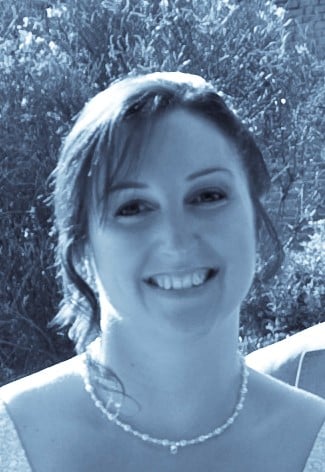How to Plan Your Creative Writing at GCSE (AQA GCSE English Language) : Revision Note
Do I need to plan my creative writing?
In short, yes! You should always set aside a few minutes to plan your descriptive or narrative writing. While this is not compulsory, it is highly recommended because it will help you to structure your ideas, maintain coherence and fully develop your response within the given time. Even a brief, bullet-pointed plan can make a big difference in terms of clarity and the overall quality of your response.
How do I plan my creative writing?
There are several techniques you can use to plan your writing, and no one method is better than another. It comes down to what works best for you in the time you have.
Some planning techniques you could consider using include:
Creating a mind map
Bullet-pointing your ideas
Drawing out a quick table
Creating a flow chart or visual representation of each stage of your narrative or description:
For narrative writing, you may wish to plot out your story using Freytag’s Pyramid:

Remember, you are not marked for your plan, so it only needs to make sense to you. What is most important is that you make sure you put the elements of your writing in order in your plan, and ensure your plan covers the start all the way to the end of your response.
What should I include in my plan?
For descriptive writing, some of the key elements to include are:
Perspective — who is observing?
Focus — what specifically are you going to focus on, especially if responding to a picture prompt?
Sensory details — include sight, sound, smell, taste and touch to make the description vivid
Literary techniques — consider what similes, metaphors or contrasts you could incorporate to enhance your description
Structure — for example, we suggest the following structure:
“Panorama, zoom, single line, shift, shift, panorama”
Mood and atmosphere — what is the atmosphere you want to create with your description?
For narrative writing, some of the key elements to include in your plan are:
Character(s) — stick to only one or two characters and consider how you can make them come alive on the page
Setting — where and when is the story taking place?
Conflict or event — what key moment, problem or decision will drive the narrative?
Structure — for example, we suggest a 5-part narrative structure
Narrative techniques — consider varying your sentence structures and literary techniques to engage the reader
An example of a plan for creative writing
Task: Describe a bustling city street at night.
Focus — city street at night, full of life and energy
Perspective — first person (“I walked through the glowing street…”)
Sensory details:
Sight — neon signs flickering, headlights cutting through darkness, people shuffling on the pavement
Sound — honking horns, chatter, distant sirens
Smell — sizzling street food, car exhaust, damp pavement
Touch — cold air against skin, rough brick walls
Literary techniques:
Personification — “The city street hummed with energy, alive with movement.”
Metaphor — “The neon lights were electric veins, pulsing through the street.”
Alliteration — “Bustling bars, brilliant billboards and a blur of bodies.”
Structure:
Opening — a wide-angle view of the whole street
Middle — zoom in on specific details, such as a group of twenty-somethings laughing and a homeless man huddled in a doorway
End — a quiet contrast, such as the distant hum of the street as narrator walks away
Additional tips
Keep your plan brief and clear:
Stick to 5–10 minutes to avoid taking up too much writing time
Stick to your plan when writing to ensure your response is well structured:
However, don’t be afraid to be flexible with things like imagery if you get ideas that come up as you are writing
Review what you have written at the end of each paragraph:
This helps you to stay focused and maintain overall coherence in your writing
Aim for a strong opening and ending:
These leave the biggest impression on the examiner

You've read 0 of your 5 free revision notes this week
Sign up now. It’s free!
Did this page help you?

